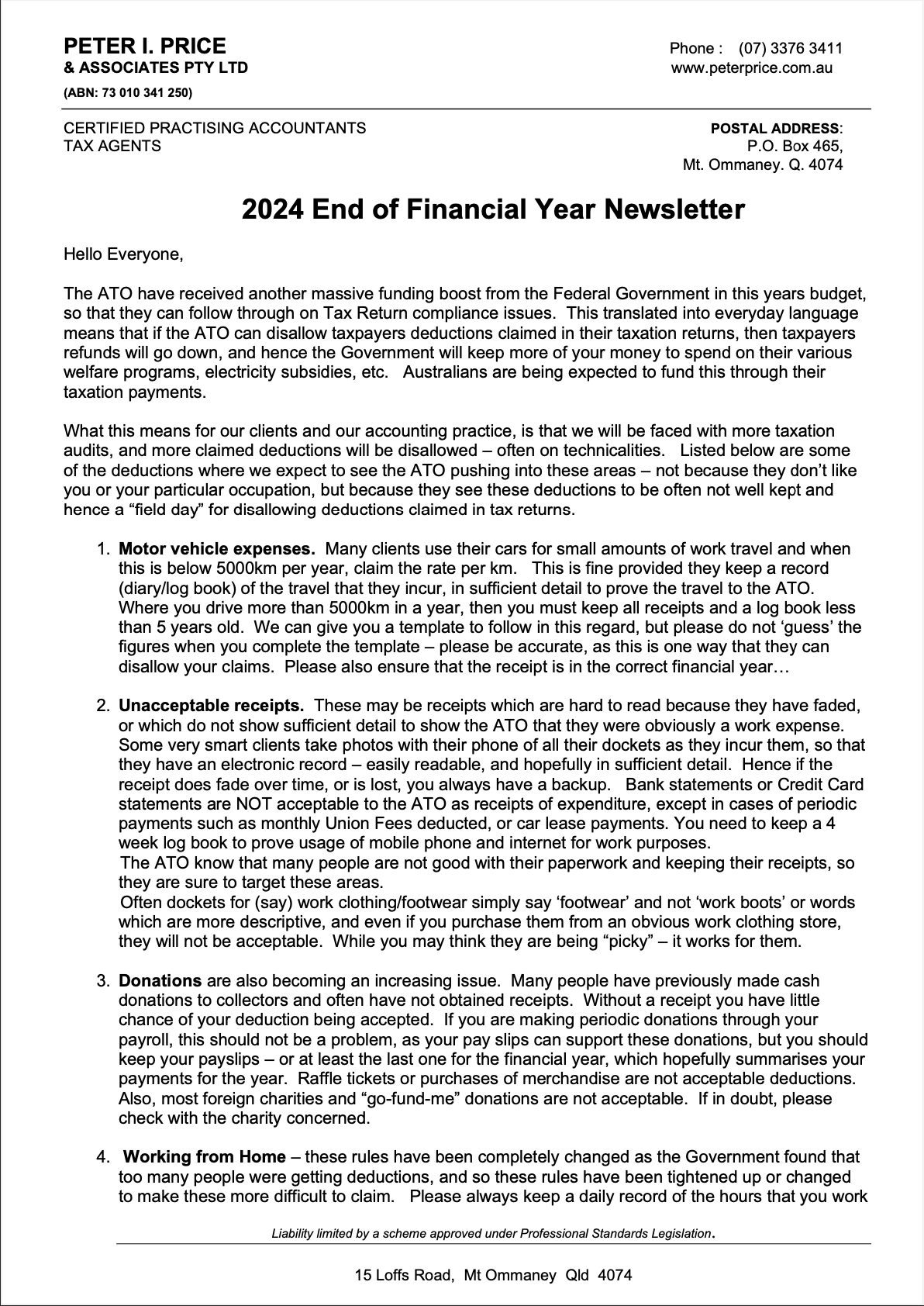How to read a Balance Sheet

.
A Balance Sheet, on the other hand, is often a mystery. It is, still important to keep an eye on this data and the following will help.
When it comes to understanding a business, there are few financial statements more important than the balance sheet. The balance sheet offers critical insights into the health of a business that can be used by:
- Potential investors to decide whether to invest in a company
- Business owners to craft more effective organizational strategy
- Employees to adjust their processes to better reach shared organizational goals
Whether you’re a business owner, employee, or investor, understanding how to read and understand the information in a balance sheet is an essential financial accounting skill to have.
Here’s everything you need to know about understanding a balance sheet, including what it is, the information it contains, why it’s so important, and the underlying mechanics of how it works.
What Is a Balance Sheet?
A balance sheet is a financial document designed to communicate exactly how much a company or organization is worth—its so-called “book value.” The balance sheet achieves this by listing out and tallying up all of a company’s assets, liabilities, and owners’ equity as of a particular date.”
The Purpose of the Balance Sheet
A balance sheet provides a summary of a business at a given point in time. It’s a snapshot of a company’s financial position, and is broken down into assets, liabilities, and equity. Balance sheets serve two very different purposes depending on the audience reviewing them.
When a balance sheet is reviewed internally by a business leader, key stakeholder, or employee, it’s designed to give insight into whether a company is succeeding or failing. Based on this information, a company’s management can shift their policies and approach: doubling down on successes, correcting failures, and pivoting toward new opportunities.
When a balance sheet is reviewed externally, it’s designed to give insights into what resources are available to a business and how they were financed. Based on this information, potential investors, or example, can decide whether it would be wise to invest or not. Similarly, it’s possible to leverage the information in a balance sheet to calculate important metrics, such as liquidity, profitability, and debt-to-equity ratio.
External auditors, on the other hand, might use a balance sheet to ensure a company is complying with any reporting laws it’s subject to.
It’s important to remember that a balance sheet communicates information as of a specific date. By its very nature, a balance sheet is always based upon past data. While investors and stakeholders may use a balance sheet to predict future performance, past performance is no guarantee of future results.
The Balance Sheet Equation
The information found in a balance sheet will most often be organized according to the following equation: Assets = Liabilities + Owners’ Equity.
While this equation is the most common formula for balance sheets, it isn’t the only way of organizing the information. Here are other options you may encounter:
Owners’ Equity = Assets - Liabilities
Liabilities = Assets - Owners’ Equity
A balance sheet should always balance.
If a balance sheet doesn’t balance, it’s likely the document was prepared incorrectly. Typically, errors are due to incomplete or missing data, incorrectly entered transactions, errors in currency exchange rates or inventory levels, miscalculations of equity, or miscalculated depreciation or amortization.
Here’s a closer look at what's typically included in each of those categories of value: assets, liabilities, and owners’ equity.
1. Assets
An asset is defined as anything that is owned by a company and holds inherent, quantifiable value. A business could, if necessary, convert an asset into cash through a process known as liquidation. Assets are typically tallied as positives (+) in a balance sheet and broken down into two further categories: current assets and noncurrent assets.
Current assets typically include anything a company expects it will convert into cash within a year, such as:
- Cash and cash equivalents
- Prepaid expenses
- Inventory
- Marketable securities
- Accounts receivable
Noncurrent assets typically include long-term investments that aren’t expected to be converted into cash in the short term, such as:
- Land
- Patents
- Trademarks
- Brands
- Goodwill
- Intellectual property
- Equipment used to produce goods or perform services
Because companies invest in assets to fulfill their mission, you must develop an intuitive understanding of what they are. Without this knowledge, it can be challenging to understand the balance sheet and other financial documents that speak to a company’s health.
2. Liabilities
A liability is the opposite of an asset. While an asset is something a company owns, a liability is something it owes. Liabilities are financial and legal obligations to pay an amount of money to a debtor, which is why they’re typically tallied as negatives (-) in a balance sheet.
Just as assets are categorized as current or noncurrent, liabilities are also categorized as current liabilities or noncurrent liabilities.
Current liabilities typically refer to any liability due to a debtor within one year, which may include:
- Payroll expenses
- Rent payments
- Utility payments
- Debt financing
- Accounts payable
- Other accrued expenses
Noncurrent liabilities typically refer to any long-term obligations or debts which will not be due within one year, which might include:
- Leases
- Loans
- Bonds payable
- Provisions for superannuation
- Deferred tax liabilities
Liabilities may also include an obligation to provide goods or services in the future.
3. Owners’ Equity
Owners’ equity, also known as shareholders' equity, typically refers to anything that belongs to the owners of a business after any liabilities are accounted for.
If you were to add up all of the resources a business owns (the assets) and subtract all of the claims from third parties (the liabilities), the residual leftover is the owners’ equity.
Owners’ equity typically includes two key elements. The first is money, which is contributed to the business in the form of an investment in exchange for some degree of ownership (typically represented by shares). The second is earnings that the company generates over time and retains.
A Crucial Understanding
The information found in a company’s balance sheet is among some of the most important for a business leader, regulator, or potential investor to understand. Without this knowledge, it can be challenging to know whether a company is struggling or thriving, highlighting why learning how to read and understand a balance sheet is a crucial skill for anyone interested in business.
Acctweb

